Toulouse town Hall " Le Capitole " and Place du Capitole.
- Franck BRUGUIERE
- May 7, 2023
- 6 min read
Updated: Aug 13, 2024
We are at the heart of Toulouse on the Place du Capitole.
Here you can see our town hall, the so-called Capitole.
It is the biggest place in Toulouse with 12 000 m2.
The dungeons, the facades and the courtyard of King Henri IV were classified as a historical monument on Febuary 17, 1911.
" La salle des Illustres ", the wedding hall and the staircase donors were classified on Febuary 17, 1995.
The Capitole took more than two Mial to be built and the facade was built in 1750.
It took more than 10 years for it to be completed, the plans having been drawn up by " Guillaume Cammasse ". The Place was completely finished by " Virebent " in the middle of the 19th century.
The Place du Capitole saw horse-drawn carriages, trams and open-wind markets then, alas, cars at the and of the 20th century.
But fortunately now it has been returned to the pedestrians.
On the front of the town Hall there is an inscription which says " CAPITOLIUM " . The reason of this inscription is that 2 000 years ago, our town was built by the Romans. All the buildings in the center of Toulouse are built from red bricks, this is why Toulouse is also called " the pink city ".
On the facade you can see 8 columns. Each colomn represents a magistrate a so-called Capitoul. The magistrates ruled over Toulouse since the Middle Age. At that time, Toulouse was divided into six districts. They had both administrative and judicial power.
All the leaders who administered Toulouse had a.com eh he olways opposes the central Parisian power, " French-style Jacobinim ". This Toulouse confrontation there always paid dearly.
As proof, you can see on the center of the courtyard a marble plaque on the ground, it is here that Louis XIII had " the duke of Montmorency " beheaded, who ruled Toulouse during the 16th century.
The King accuses the Duke of plotting against royalty. The trial only lasted four days and the Duke was beheaded on June 13, 1632 at the age of 37.
As you enter the Capitole you enter an inner courtyard where there is a marble statue of King Henri IV. It is only portrait of him that exists in France. It dates from 1607 and it was created by " Thomas Hurtamat ".
Above the statue there is a painted wooden ceiling which was erected in 1610 by " Pierre Fournier". It is decorative and is intended to protect the statue.
This ceiling is reminiscent of the Spanish Moorish. Yet another proof that Toulouse and Spain have a long common history.

On the ride side, you can find the famous " National Theater of Toulouse ".
The room is magnificent. It was inaugurated on October 1, 1818 and it became a real theater between 1902 and 1903.
The room was renovated in 1996 by the architect " Jean-Louis Rpbert " and the decorator " Richard Peduzzi " in the spirit of the " Commedia Dell Arte ".
The Italian room has a capacity of 1156 seats.
It consists of two hearts of a ballet company and a national orchestra.
It is devoted to the lyrical art called " bel canto ".
In the midlle of capitole, you can find the splendid " Salle des Illustres ".
The first photo, shows the period door that allows you to access the various rooms that lead to " La Salle des Illustres ".
When entering the second room, you find yourself facing a masterful staircase.
You can see on the left of the staircase a statue which is none other than " Jean-Jaures " created by " Paul Ducing ", a great French sculptor.
Jean-Jaures before being a politician did a lot for the development of knowledge in schools and the arts.
In the third photo, you enter " the Allegory room" which served as a wedding hall and was decorated by the painter " Paul Gervais ".
Still on the first floor in the forth photo, you see a room which is important since there are only 10 paintings by the well-known French painter " Henri Martin ". Several of paintings feature paintings depicting Toulouse.
You will also find in this room several terracotta busts of great Toulouse figures.
On the fifth and sixth photo, you can see the masterful " La salle des Illustres ". This room is in fact the meeting of two old rooms and was classified in 1994. It is 60 m long and 9 m high.
It was created by " Paul Pujol " and " Pierre Esquié ". Its name is due to the many busts of Toulouse celebrities who adorn it.
This hall is magnificent, with its columns of plaster and its numerous paintings on the wall and the ceiling.
Outside: The Place du Capitole:

It is the largest square in Toulouse, it is 12 000 m2 and it is the meeting place for all inhabitants of Toulouse.
Indeed all the parties, the concerts and the sport victoiries in particular of our rugby team, " Le Stade Toulousain ", takes place on the Place du Capitole.
If you take a stroll accross the beautiful Capitole Square, you can see a large bronze occitan cross, the emblem ouf our region, which is very big and offers various landscapes.
L'Occitanie consists of two regions, formerly known as Midi Pyrénées whose capital is Toulouse and Languedoc Roussillon, whose capital is Montpellier.
This cross was designed by " Raymond Moretti" and was installed in 1993.
Finally, the croos on the place it is the symbol of Occitanie. This cross represents the signs of the Zodiac and the cardinal points.
Tourists like to look for their sign and their picture to be taken in front of it.
On the other side, there is a building with arcades. There are bars and restaurants with huge terraces, where you can eat and drinck no matter when.
Under the arcades, on the ceiling the painter " Raymond Moretti " made a series of paintings in 1996, which tells the story of Toulouse. This painter is a former student of Picasso.
There are 29 pictures and you can see among other things pictures of rugby....we are the city's rugby in France and Europe with our team the Stade Toulusain, a yellow flower and Carlos Gardel, the famous danser on Tabgo Argentin who was born in Toulouse.
On the square, you can just eat and see the famous restaurant " Le Bibent ".
This restaurant was built in 1843 and mixes baroque art and art nouveau. Its decor is chacacteristic of the " Belle Epoque ".
The building was listed as a historical monument in 1975 interior design.
When you open the door, you can see some stucco friese ans mirrors, which remind us of Napoleons III style.
A typical Toulouse cellar in terracotta bricks is located in the basement and can accommodate around thirty people.
The restaurant also has beautiful outdoor terrace, that allows you to eat with a magnificent view of the entire Place du Capitole.
Finally, on the square, there are four 4/5 star hotels, all of which have very pleasant interior courtyards.
You can discover them in the interactive videos that you will find on Facebook at franck bruguiere.
Behind the Capitole: Square Charles-de-Gaulle, the keep and the garden.
Behind the Capitole, we are in the Square Charles-de-Gaulle. In the past, the Capitole was a great castle.
At during the French revolution everything was destroyed. The garden of the square was redesigned in 2015.
The piece of art is called " Motherhood ", and was created by " Jean-Louis Touttain", who was a student of arts in Toulouse. Children use it as a kind of playground, for example they climb on it or they jump down from it.
Then you have the Capitol keep which dates from the 16th century.
Monsieur " Viollet le Duc " had a belfry to it with its Flemish bell tower. It is in this building that the trial of the Protestant " calas " takes place.
Today the Capitole keep and the Toulouse tourist office.
Finally on the square, you will find a statue of " Claude Nougaro ", who was born in Toulouse author, composer and performer. He is well known in France and had a real love for his hometown.
This bronze is the work of " Sébastien Langloys". The inhabitants of Toulouse participated in the creation of this bronze.
He made a melancholic song about Toulouse. But his second wife encouraged him, to make a happier song again. The latter has become not only a declaration of love to his birthplace, but the anthem of the pink city Toulouse too.
We benefit here from a peaceful garden in the center, we can settle down, read, play or rest.
La Place du Capitole: Toulouse by night:
At night, the Place du Capitole is magnified by ecological LED lights.
This allows the facade of the Capitole to be illuminated in different colors depending on the events.
The Place du Capitole pulsates, because there are many restaurants and bars.
INTERACTIVE PHOTOS BONUS:
INTERACTIVE VIDEOS BONUS:
That's all for Today, mi friends .
I wish you a good reading.
Welcome in Toulouse.
The Blog from Toulouse.
Greetings Franck.




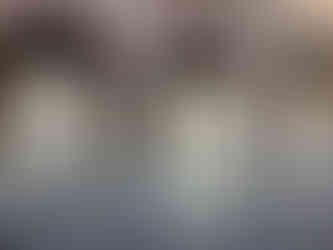







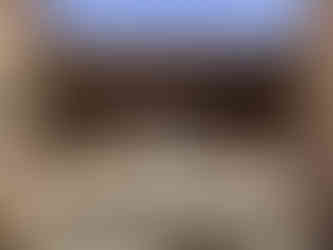























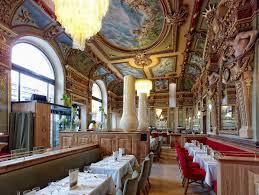

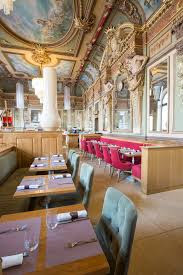
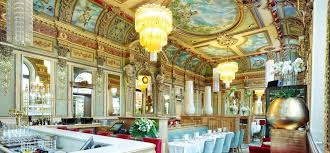

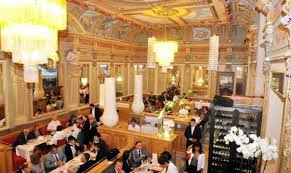






















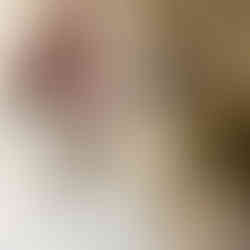
















Comments